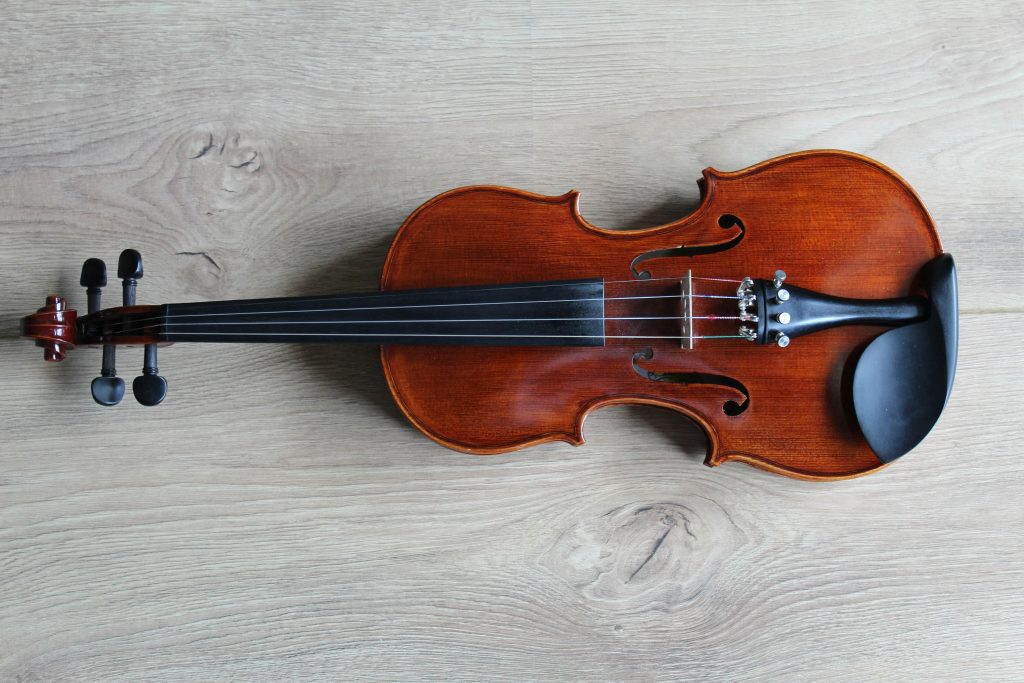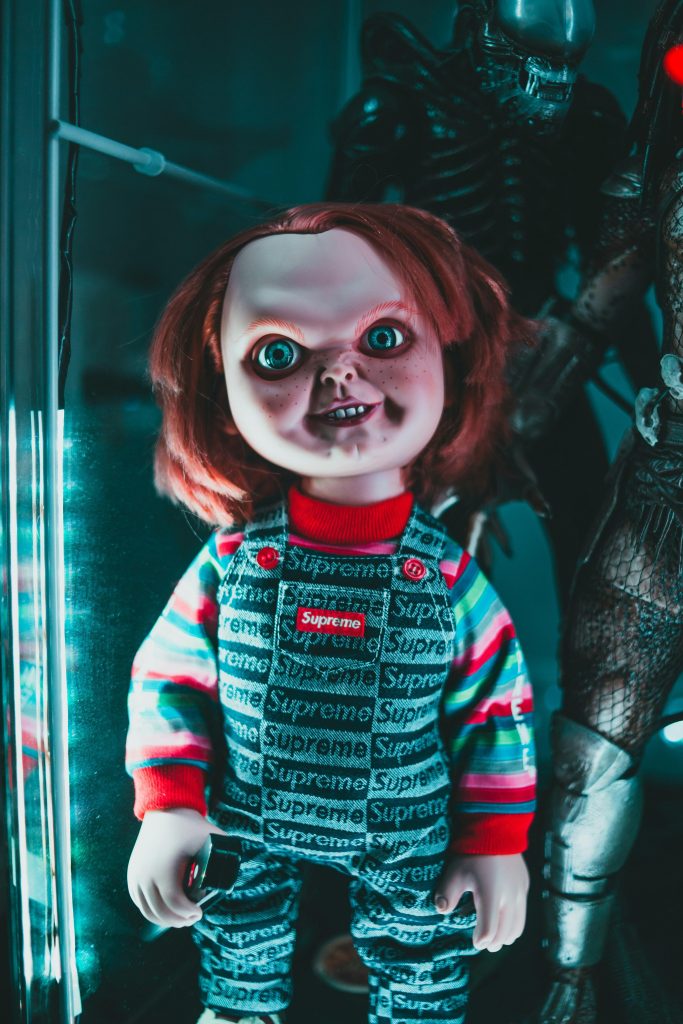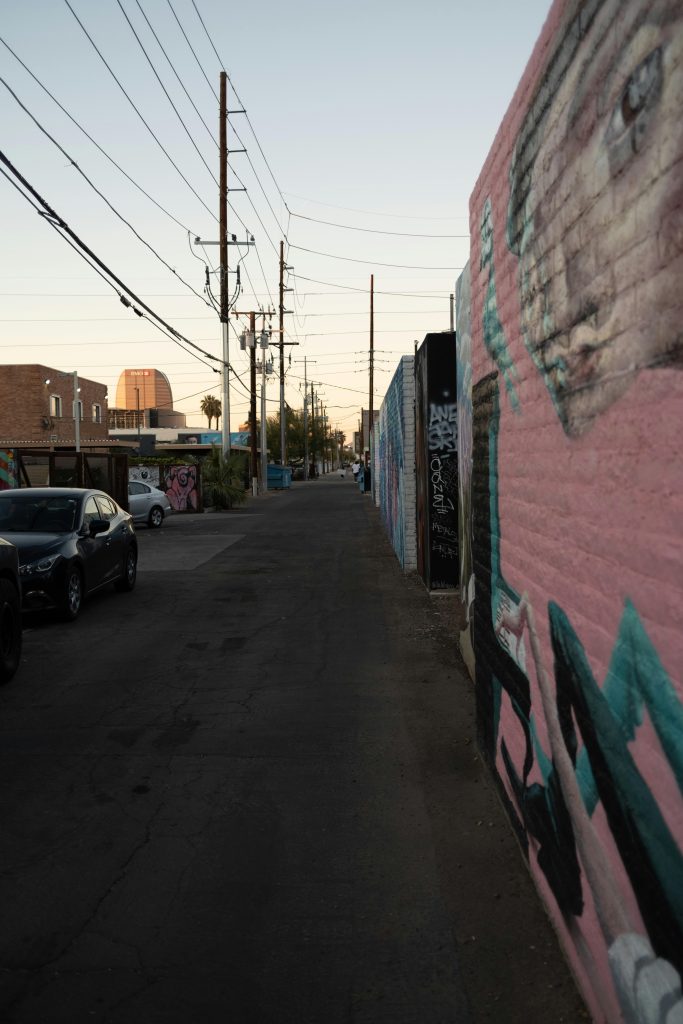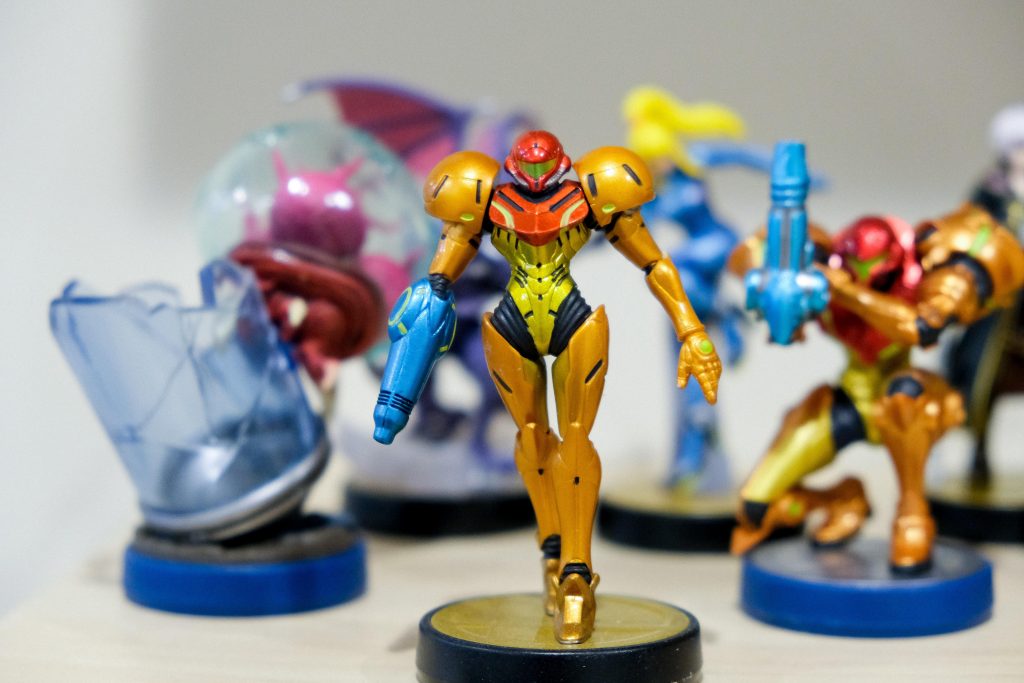In the kaleidoscopic world of cinema, where stories are immortalized in frames and characters become cultural icons, a new trend has taken center stage, provoking both applause and ire: the movie reboot. As studios relentlessly delve into the vaults of cinematic history, breathing new life into cherished classics, a pivotal question emerges from the shadows of the silver screen: Are these reimagined narratives preserving the legacy of their originals, or are they merely specters haunting the hallowed halls of film history? With the audacity of a modern auteur and the precision of a seasoned critic, we delve into the heart of this debate, exploring whether movie reboots are a testament to timeless storytelling or an ominous harbinger of creative decay. Join us as we navigate this cinematic conundrum, where nostalgia clashes with innovation, and the legacy of the originals hangs in the balance.
Resurrecting Classics or Erasing History
In the world of cinema, the debate around movie reboots often finds itself at the crossroads of reverence and reinvention. Some argue that reboots serve as a digital phoenix, breathing new life into stories that captivated audiences of yesteryears. Others contend that these cinematic reincarnations risk diluting the essence of the original works, potentially erasing the legacy carved by the pioneers of the craft. The tension between innovation and preservation prompts us to ask: Are we resurrecting classics or merely reshaping them into unrecognizable forms?
- Nostalgia vs. Novelty: While reboots can evoke nostalgia, they often introduce elements that cater to contemporary tastes, leaving purists yearning for the authenticity of the originals.
- Commercial vs. Cultural Value: The financial allure of reboots cannot be ignored, yet it’s crucial to weigh this against the cultural significance of preserving historical cinematic achievements.
- Creative Freedom vs. Fidelity: Directors and writers face the challenge of balancing creative freedom with fidelity to the source material, ensuring that new interpretations honor the spirit of their predecessors.
In this era of cinematic recycling, the delicate balance between paying homage and pursuing innovation is ever more critical. As audiences, we must question whether these modern renditions truly enrich the legacy of the originals or inadvertently diminish their historical footprint.
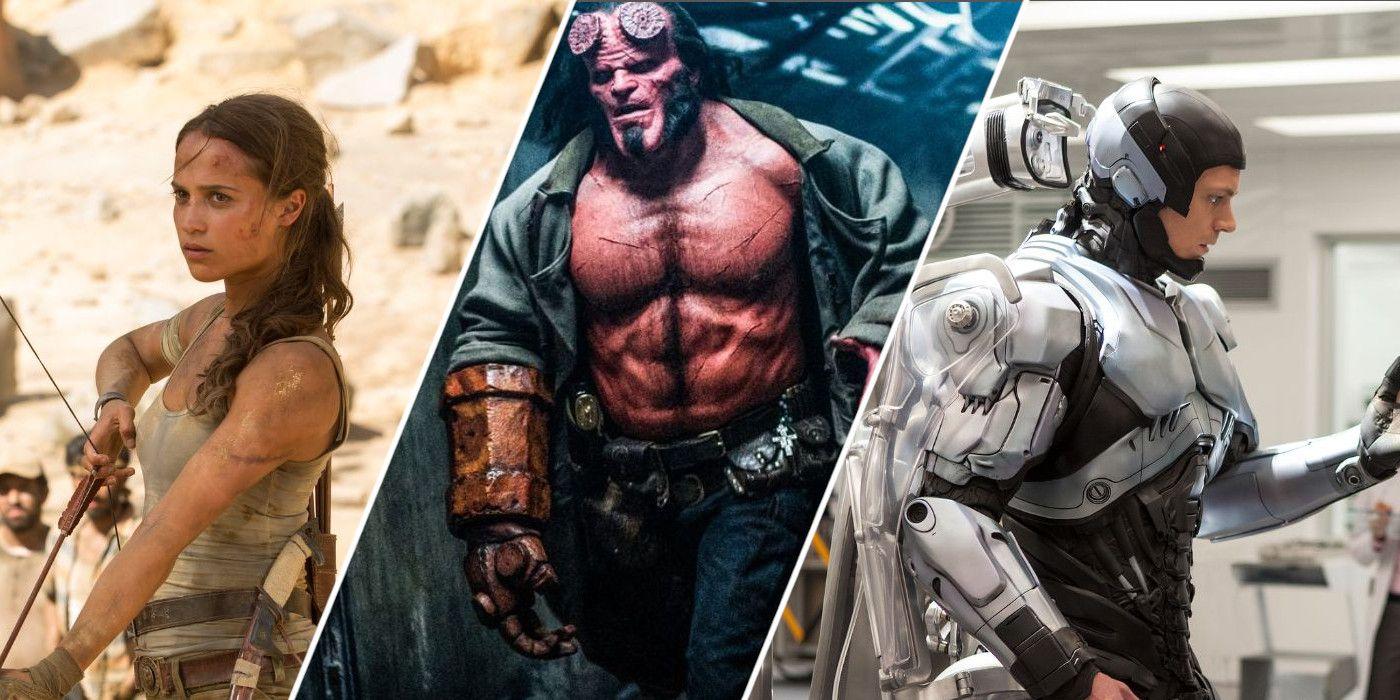
Balancing Nostalgia with Innovation
In the quest to blend cherished memories with modern flair, filmmakers often find themselves walking a tightrope between the comfort of the past and the excitement of the new. The challenge lies in creating a fresh narrative while respecting the original’s essence. Movie reboots offer an opportunity to reimagine beloved stories for a new generation, yet they must tread carefully to avoid diminishing the legacy of the classics. The balance between nostalgia and innovation is delicate, and when done right, it can lead to a reinvigorated interest in the original material.
- Respecting Original Themes: Staying true to the core themes that made the original beloved.
- Modernizing Storytelling: Introducing contemporary elements that resonate with today’s audiences.
- Innovative Visuals: Leveraging cutting-edge technology to enhance the cinematic experience.
While some argue that reboots may tarnish the legacy of the originals, others believe they breathe new life into stories that might otherwise fade into obscurity. The key is to strike a harmonious balance, ensuring that the magic of the original is not lost amidst the glitz of innovation.

Preserving Artistic Integrity in Modern Remakes
In the realm of cinema, the art of remaking a beloved classic requires a delicate balance between innovation and reverence for the source material. The essence of preserving artistic integrity lies in understanding what made the original resonate with audiences while infusing fresh perspectives that reflect contemporary themes. This balance ensures that the spirit of the original is not overshadowed by modern sensibilities.
When embarking on a remake, filmmakers should consider the following:
- Honoring the Original: Maintain core elements and themes that define the original’s legacy.
- Cultural Sensitivity: Adapt storylines to resonate with today’s diverse audiences without losing the essence of the original.
- Creative Innovation: Introduce new technologies or narrative techniques that enhance, rather than overshadow, the original storytelling.
By embracing these principles, modern remakes can serve as both a tribute and a fresh take, ensuring that the legacy of the originals is not only preserved but celebrated.
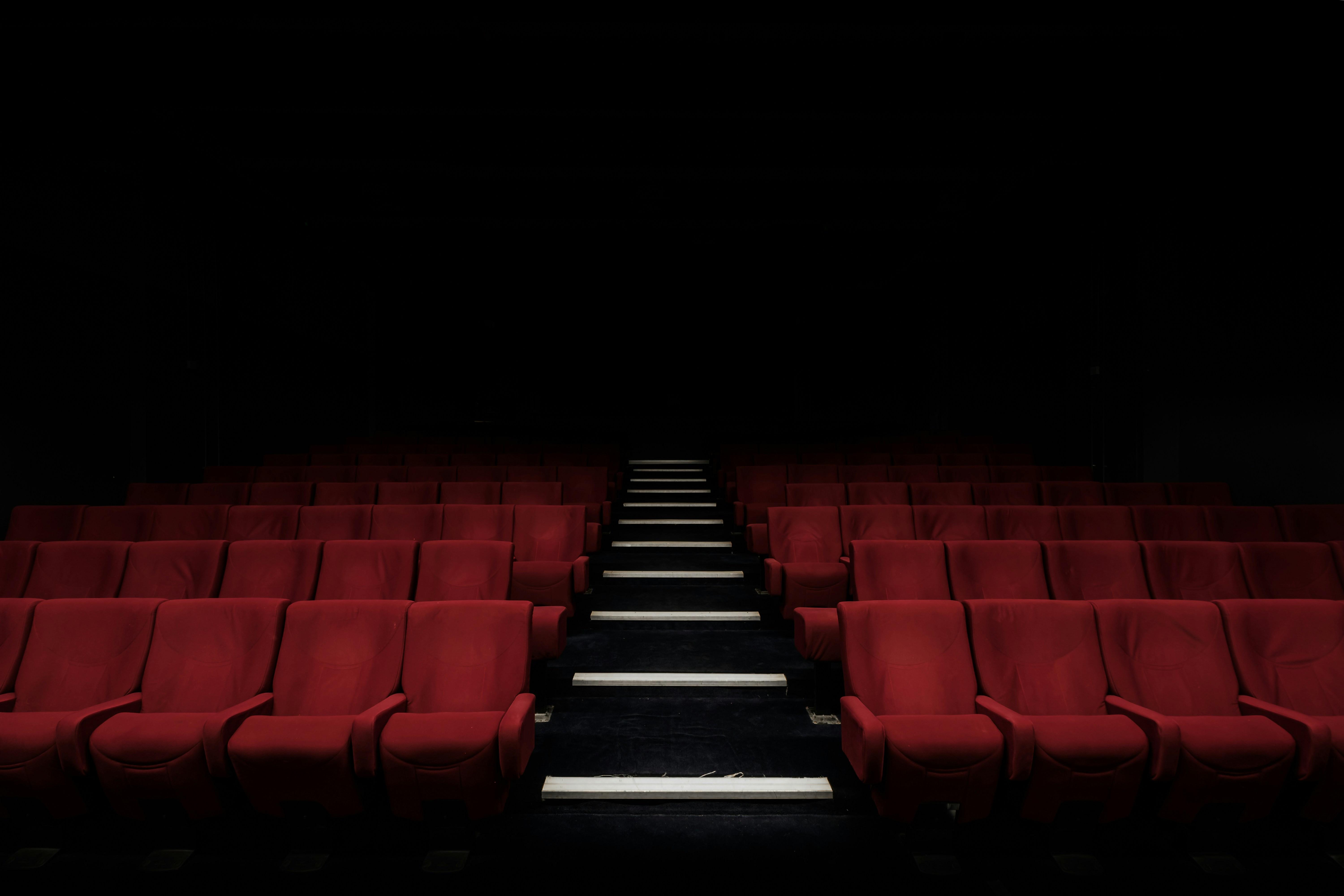
Guidelines for Crafting Respectful Reboots
To honor the legacy of original films while embarking on the journey of creating a reboot, filmmakers should adhere to certain key principles. First and foremost, respect the source material. A successful reboot acknowledges the core themes and beloved elements that made the original a classic. This does not mean a carbon copy but rather a thoughtful homage that maintains the spirit while introducing fresh perspectives.
When crafting a reboot, consider these guidelines:
- Engage with the original creators when possible, to gain insights and ensure alignment with the original vision.
- Innovate thoughtfully: Introduce new storylines or characters that complement, rather than overshadow, the original narrative.
- Address contemporary issues: Utilize the reboot as a platform to reflect modern societal themes, adding relevance and depth.
- Preserve iconic moments: Retain and reinterpret pivotal scenes or dialogues that resonate with fans.
By adhering to these guidelines, filmmakers can craft reboots that not only pay tribute to the original works but also carve out a unique space within the cinematic landscape, ensuring both respect and innovation coexist harmoniously.


